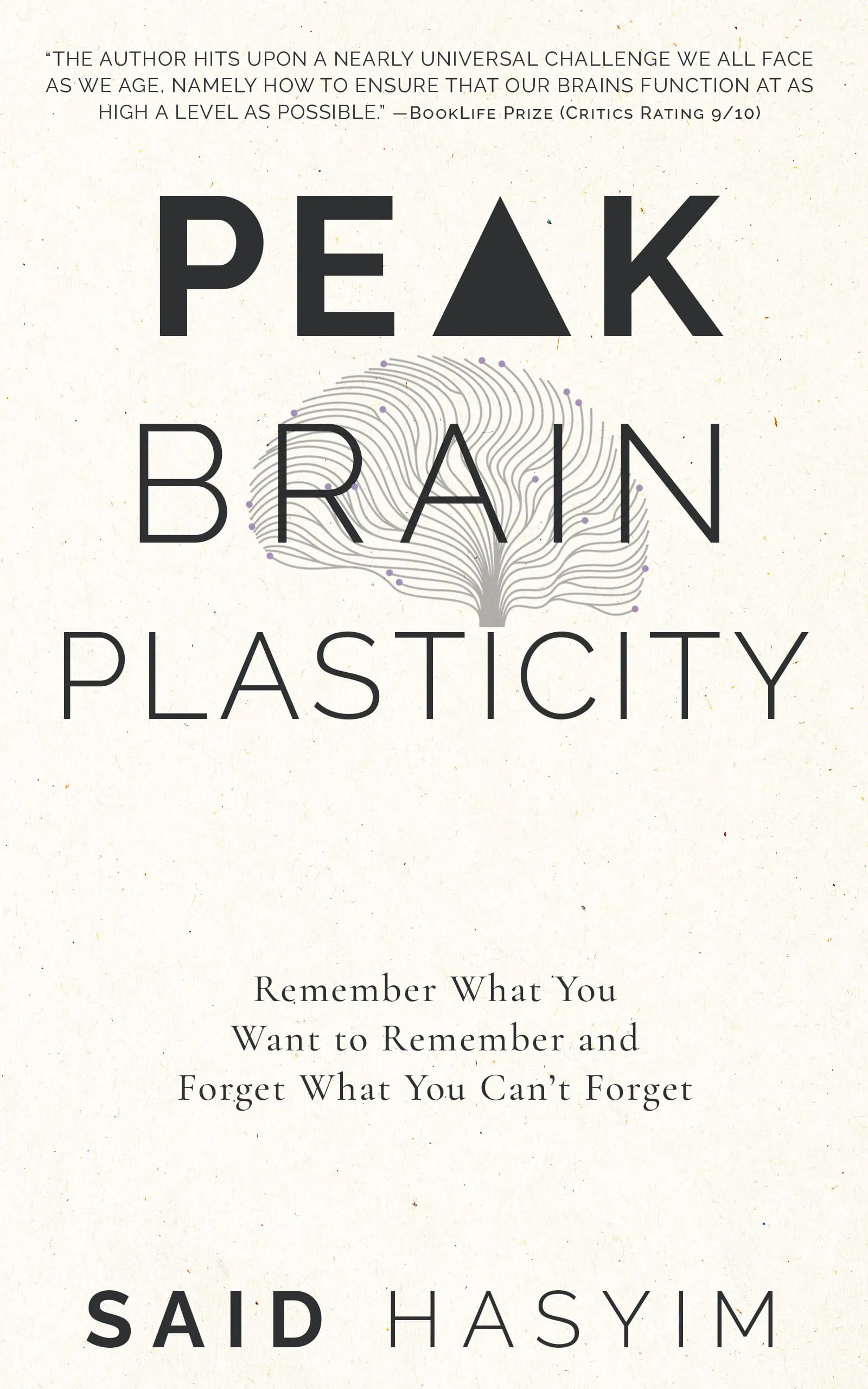The Memory Spectrum: Understanding Different Types
Memory is one of the most fascinating aspects of human cognition. It allows us to retain experiences, learn new skills, and maintain our personal identities. Yet, memory is not a singular entity; it operates on a spectrum with different types that each serve unique purposes. Understanding these types can enhance our approaches to learning, teaching, and even therapy. In this article, we will explore the various types of memory, their characteristics, and significance in our daily lives.
Types of Memory
1. Sensory Memory
Definition: Sensory memory is the initial stage of memory where sensory information is processed. It is temporary and usually lasts just a few seconds.
Characteristics:
- Duration: Extremely short, often less than a second for visual information (iconic memory) and a few seconds for auditory information (echoic memory).
- Function: It acts as a buffer for stimuli received through the senses, allowing us to briefly retain impressions of our environment.
Example: When you attend a concert, the echo of the sound lingers in your mind just long enough for you to register and recognize it before it's replaced by the next sound.
2. Short-Term Memory
Definition: Often referred to as working memory, short-term memory holds a limited amount of information for a brief period, roughly 20 to 30 seconds.
Characteristics:
- Capacity: Typically retains about 7 ± 2 items (as proposed by psychologist George A. Miller).
- Function: It allows us to work with and manipulate information, such as solving math problems or following conversations.
Example: If someone gives you a phone number, you may repeat it to yourself until you can jot it down; this is your short-term memory at work.
3. Long-Term Memory
Definition: Long-term memory is a more stable storage system that can retain information for extended periods—days, years, or even a lifetime.
Characteristics:
- Duration: Can last from minutes to a lifetime.
- Function: It is further divided into explicit (declarative) and implicit (non-declarative) memory.
Types of Long-Term Memory:
a. Explicit Memory
Definition: Explicit memory involves conscious recollection of information.
Characteristics:
- Division: Includes episodic memory (personal experiences and specific events) and semantic memory (general knowledge and facts).
- Example: Remembering the details of your birthday party (episodic) or knowing that Paris is the capital of France (semantic).
b. Implicit Memory
Definition: Implicit memory occurs without conscious awareness and influences behaviors and skills.
Characteristics:
- Function: Includes procedural memory (skills and habits, like riding a bike) and conditioning (associations learned through experience).
- Example: You may not remember learning to ride a bike, but once you've learned, you can do it effortlessly.
4. Prospective Memory
Definition: Prospective memory enables us to remember to perform actions in the future.
Characteristics:
- Types: It can be time-based (remembering to do something at a particular time) or event-based (remembering to do something when an event occurs).
- Example: Remembering to attend a meeting at 3 PM or picking up groceries when you pass the store.
5. Autobiographical Memory
Definition: Autobiographical memory is a complex blend of episodic and semantic memories related specifically to our lives.
Characteristics:
- Function: It helps construct our identity and informs us about our past experiences.
- Example: Remembering significant life events like graduations or weddings provides a sense of who we are.
The Importance of Understanding Different Types of Memory
Understanding the spectrum of memory types can have significant implications for various fields, including education, therapy, and even day-to-day functioning.
Education
In educational settings, understanding how memory works can lead to improved teaching strategies. Incorporating techniques that enhance retrieval cues for both short-term and long-term memory can support better learning outcomes. For instance, teaching in context and using mnemonic devices can help solidify information in long-term memory.
Therapy
In therapeutic contexts, acknowledging the types of memory can aid in understanding how trauma affects memory and identity. Certain therapeutic techniques, such as cognitive-behavioral therapy (CBT), can target specific memory types to manage PTSD or anxiety.
Daily Life
On a personal level, being aware of how memory operates can lead to improved task management and organization. Using reminders and prioritizing tasks based on prospective memory can help us manage our daily activities more efficiently.
Conclusion
The memory spectrum is complex and multifaceted, encompassing sensory, short-term, long-term, prospective, and autobiographical memories. Each type serves a unique role in how we process information, learn skills, and maintain our identities. By understanding these types, we can better navigate our cognitive lives, enhance our educational practices, improve therapeutic approaches, and even manage our daily tasks more effectively.
As you reflect on your own experiences, consider how these different types of memory influence your daily life. Awareness of memory can empower us to harness its power, leading to a fuller and more enriched existence.
Harness the Power of Neuroplasticity
Discover Peak Brain Plasticity, a practical book to harnessing neuroplasticity. Enhance your memory, learn new languages quickly, and alleviate anxiety with effective study methods. Uncover daily habits that impact cognitive health and explore techniques for accelerated learning and memory retention. Unlock your brain's potential for growth and transformation.
